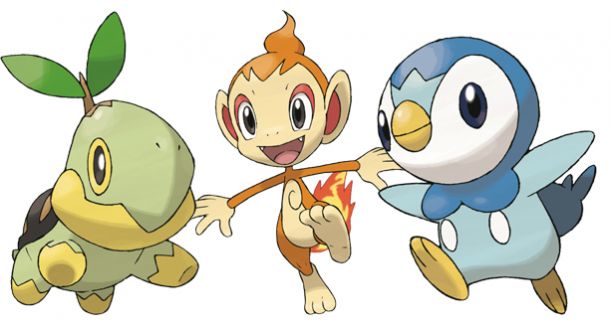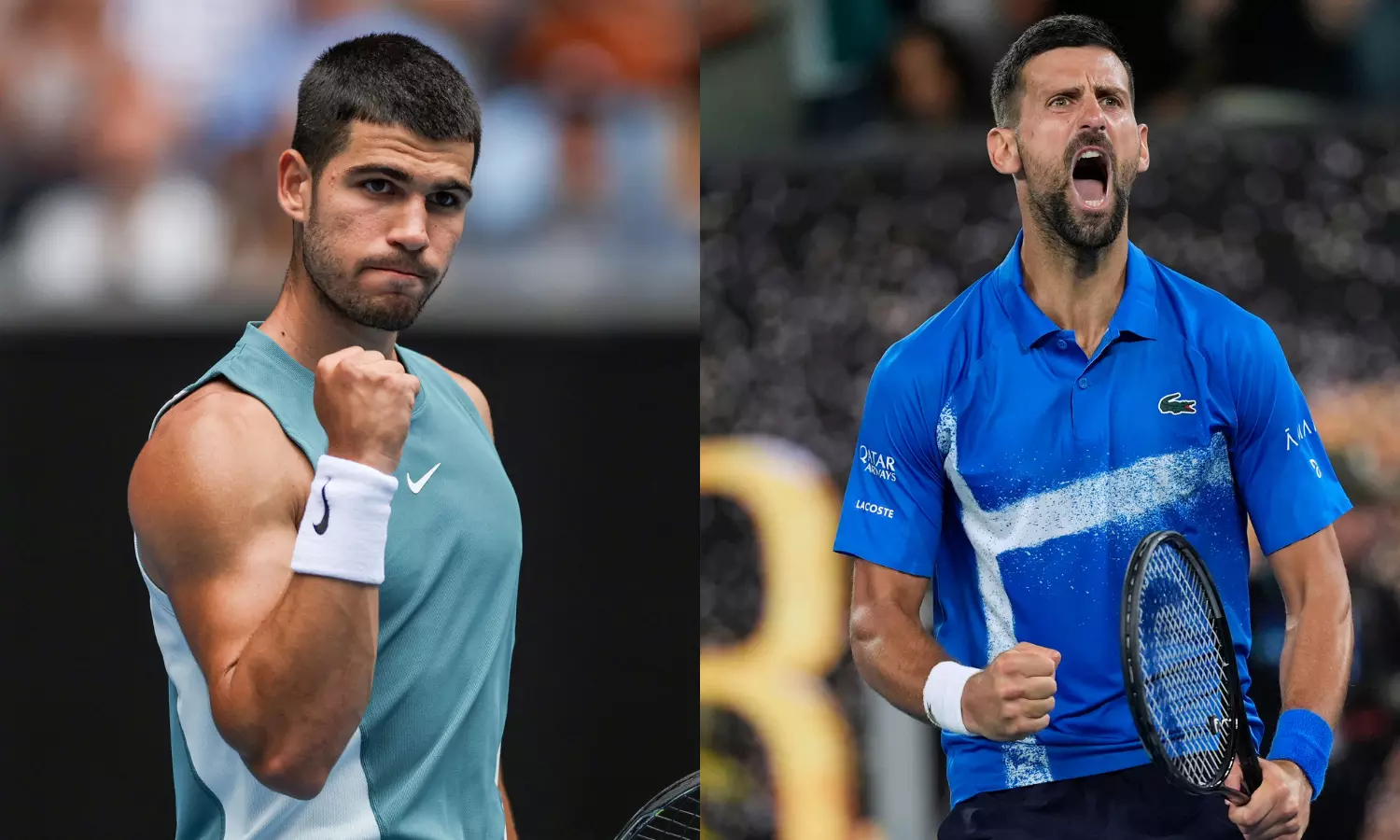Choosing The Best Starter Pokémon: A Generation-by-Generation Analysis

Table of Contents
Choosing the Best Starter Pokémon in Generation I (Kanto)
The Kanto region introduced us to the classic trio: Bulbasaur, Charmander, and Squirtle. Each boasts unique advantages and disadvantages.
Bulbasaur: Bulbasaur, the Grass/Poison type, offers a solid balance of offense and defense. Its early-game strength lies in its access to Vine Whip and Razor Leaf, effective against many early opponents.
- Strengths: Super effective against Rock, Ground, and Water types (common early game foes). Good defensive typing resists fighting and water.
- Weaknesses: Vulnerable to Fire, Ice, Flying, Psychic, and Bug types. This can make certain gym battles challenging.
- Evolution Line: Evolves into Ivysaur and then Venusaur, a powerful Grass/Poison type with access to strong special attacks.
- Strategic Value: Bulbasaur provides a relatively easy early game and a solid team member throughout.
Charmander: The Fire-type Charmander is a powerhouse, known for its offensive prowess. Ember and Scratch make short work of many early opponents.
- Strengths: Highly effective against Grass, Ice, Bug, and Steel types. Good offensive presence early game.
- Weaknesses: Severely vulnerable to Water and Ground types. Can be a tough choice for certain early gym battles.
- Evolution Line: Evolves into Charmeleon and then Charizard, a powerful Fire/Flying type with devastating attacks.
- Strategic Value: High offensive potential compensates for early weaknesses if you strategize around them.
Squirtle: Squirtle, the Water type, excels in defense. Its Water Gun and Tackle provide a balanced offense and defense approach for early encounters.
- Strengths: Effective against Fire, Ground, and Rock types. High survivability early game due to its typing.
- Weaknesses: Vulnerable to Electric and Grass types. This can create problems in later gym battles.
- Evolution Line: Evolves into Wartortle and then Blastoise, a powerful Water type with sturdy defense and strong Water-type moves.
- Strategic Value: A reliable and sturdy choice, particularly helpful for players who prioritize defensive strategies.
The Kanto Starter Conclusion: The optimal Kanto starter depends on your playstyle. Bulbasaur offers balance, Charmander raw power, and Squirtle reliable defense. There is no objectively "best" choice; it's a matter of preference!
Choosing the Best Starter Pokémon in Generation II (Johto)
Johto introduced another compelling trio: Chikorita, Cyndaquil, and Totodile.
Chikorita: The Grass-type Chikorita is known for its later-game power, but can struggle early on.
- Strengths: Effective against Water and Ground. Solid defensive capabilities later in the game.
- Weaknesses: Severely vulnerable to Fire, Ice, Poison, Flying, Bug and more early game.
- Evolution Line: Evolves into Bayleef and then Meganium, a powerful Grass-type with good bulk and special attack.
- Strategic Value: Needs careful management early, but becomes more powerful later.
Cyndaquil: The Fire-type Cyndaquil is known for its balanced offensive and defensive capabilities.
- Strengths: Strong against Grass, Ice, Steel and Bug Types. Decent early and mid-game attacker.
- Weaknesses: Vulnerable to Water, Ground and Rock types.
- Evolution Line: Evolves into Quilava and then Typhlosion, a powerful Fire type with excellent offensive presence.
- Strategic Value: Solid, balanced choice with decent offensive stats.
Totodile: The Water-type Totodile is a powerful physical attacker.
- Strengths: Highly effective against Fire, Ground, and Rock types. Powerful physical attacks early on.
- Weaknesses: Vulnerable to Electric and Grass types.
- Evolution Line: Evolves into Croconaw and then Feraligatr, a powerful Water-type with great physical attack and speed.
- Strategic Value: Great for players that enjoy physical attackers.
The Johto Starter Conclusion: Cyndaquil offers a balanced approach, while Totodile excels in physical offense. Chikorita, while potentially powerful later, requires more strategic play early on.
(Repeat the H3 structure for each subsequent generation, following the same pattern as above for Generations III-VIII. Include details about each starter's strengths, weaknesses, evolution line, and strategic value.)
Conclusion:
Choosing the best starter Pokémon is a deeply personal decision, influenced by playstyle and personal preference. Each generation offers a unique trio, with strengths and weaknesses that must be carefully considered. While some starters offer immediately apparent advantages, others require more strategic planning and a focus on exploiting type matchups. Recurring themes include the value of balanced type coverage and the importance of considering weaknesses early in the game.
Overall, the best strategy is to choose the starter that best complements your preferred battle style. If you enjoy offensive strategies, a Fire or Water type might be ideal. If you prefer a more defensive approach, a Grass type may be a better fit. Consider your experience level as well – a more defensively oriented starter can sometimes be easier for beginners.
So, which starter Pokémon will you choose for your next adventure? Let us know in the comments below!

 Alkaras Ugledni Primer Za Decu Inspiracija Iz Tenisa
Alkaras Ugledni Primer Za Decu Inspiracija Iz Tenisa
 Investors Submit Revised Bid For Quebecs Lion Electric
Investors Submit Revised Bid For Quebecs Lion Electric
 Maya Jamas Beauty Routine Viral Hair Product And More
Maya Jamas Beauty Routine Viral Hair Product And More
 Jake Pauls Brutal Response To Tommy Fury A Daddy Reminder
Jake Pauls Brutal Response To Tommy Fury A Daddy Reminder
 Steel Industry Decarbonization Eramet Launches Era Low
Steel Industry Decarbonization Eramet Launches Era Low
